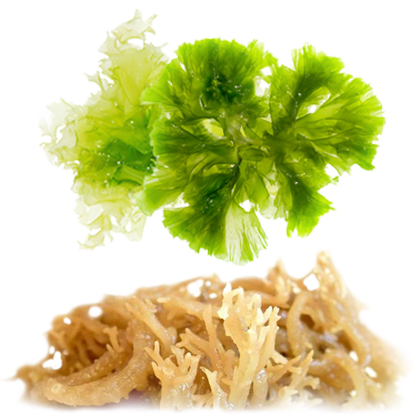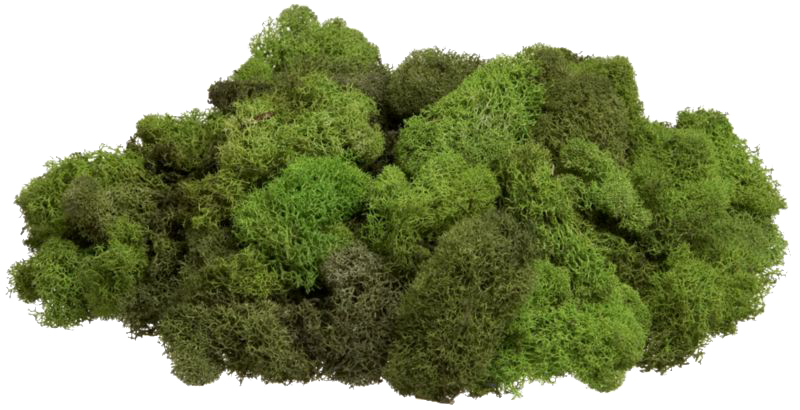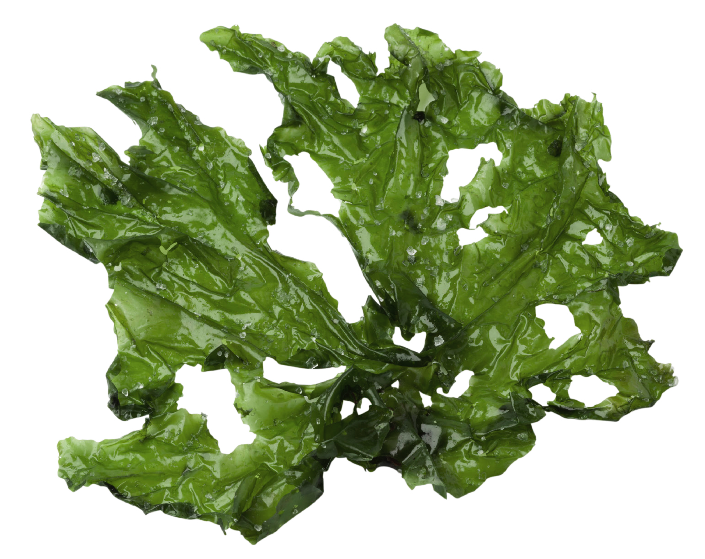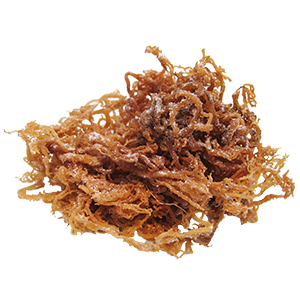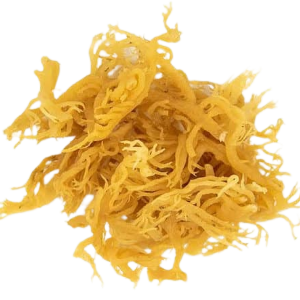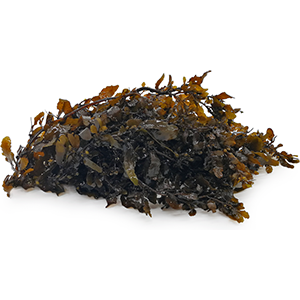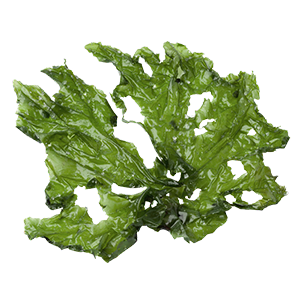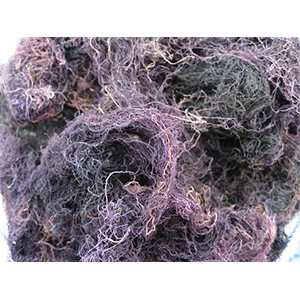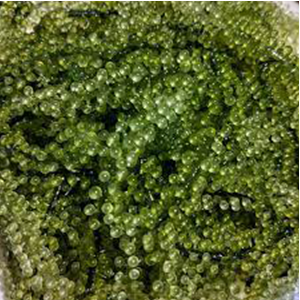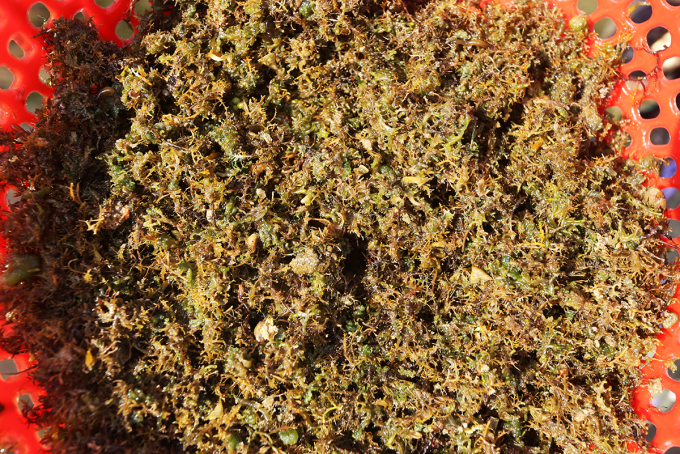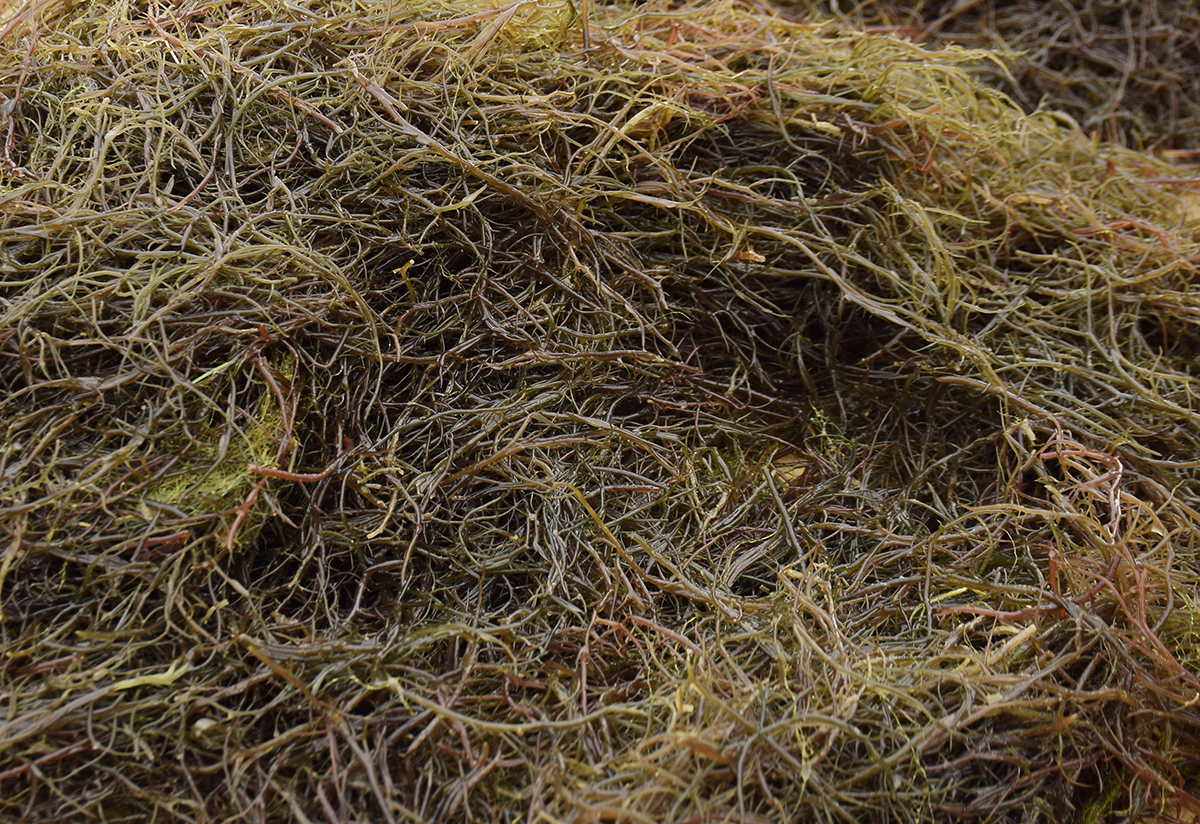OUR IMPACT
![]()
Everything we do is economically inclusive, socially just and environmentally restorative. Seaweed has a positive effect on many challenges we face today.
Our three Impact Metrics above give a sense of the measurable impact that we are already making today. And we’re growing it every day. We implement regenerative, CO2-reducing concepts, products, and applications all over the globe that deliver impact on many areas.
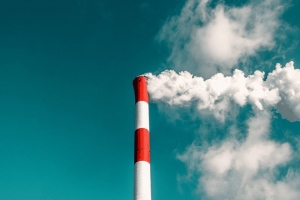
CO2e Mitigation: Every ton of seaweed has absorbed 120 kg CO2, 2 kg of nitrogen and 0.2 kg of phosphorus.
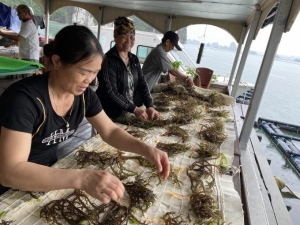
Community Development: Seaweed cultivation creates new economic activity in coastal communities.
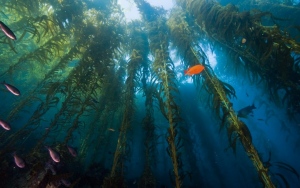
Ocean Regeneration: Seaweed reduces ocean acidification and promotes marine biodiversity.
